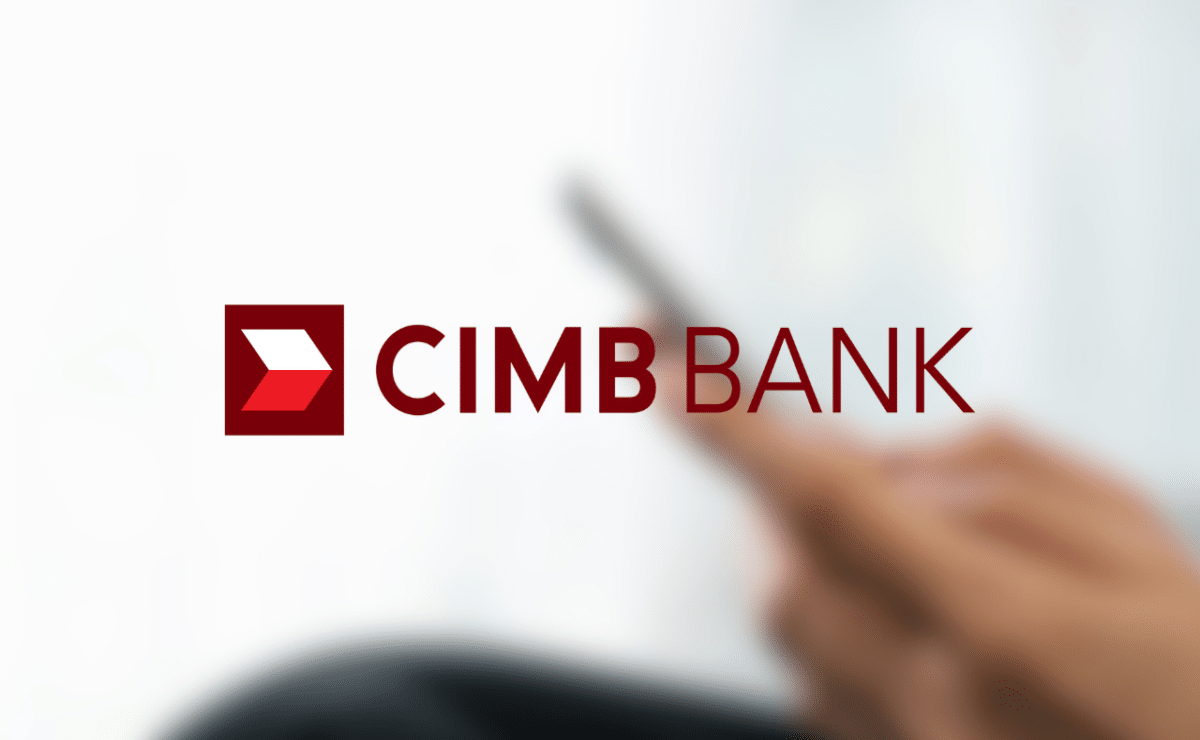Beginning August 14, 2025, CIMB Bank Philippines is introducing a new fee structure for InstaPay transfers that will impact how customers manage their day-to-day bank transfers. This move aligns with broader trends in the banking industry where real-time transfers are increasingly becoming monetized.
For years, CIMB has stood out by offering free InstaPay transfers across the board. However, the upcoming change marks a new chapter—balancing accessibility with sustainability.
🏦 What’s Changing?
Here’s a breakdown of CIMB’s revised InstaPay policy effective August 14:
- Customers can now perform up to 10 InstaPay transfers per day.
- Each transfer is capped at PHP 50,000.
- Only the first two transfers each day will be free.
- Starting from the third transaction, a PHP 10 fee will be applied for each additional InstaPay transfer.
- The total daily transfer limit remains unchanged at PHP 250,000.
In essence, users retain broad access to InstaPay—but now with a limit on how much of it is free.
📅 Why Now? Understanding the Context
CIMB’s announcement was released on August 2, 2025, giving customers nearly two weeks to prepare for the new structure. This transition is not entirely unexpected. Other major banks in the Philippines, like BPI and BDO, already charge per InstaPay transaction—typically PHP 10 to PHP 25—regardless of the number or frequency.
Until now, CIMB had resisted implementing such fees, building its reputation as a customer-centric, digital-first bank. But as the volume of digital transactions surges, offering unlimited free InstaPay transfers has become increasingly difficult to sustain from a cost perspective.
🚦 What This Means for You
✅ 1. Daily Transfer Flexibility
You’ll still be able to make up to 10 InstaPay transfers per day. That’s sufficient for most personal and small business needs. However, you’ll need to be mindful of the new fee structure.
✅ 2. Free Transfers Limited to Two
If you usually make only one or two transactions a day, your usage will remain completely free. No action needed.
✅ 3. Paid Transfers from the Third One Onward
If you’re the kind of user who frequently makes multiple small transactions—say, paying suppliers, freelancers, or digital wallets—expect to pay PHP 10 per transfer starting from the third one each day.
✅ 4. Transfer Size and Daily Cap Remain the Same
Each transfer must stay within PHP 50,000, and your combined daily InstaPay total must not exceed PHP 250,000. That part of the policy remains unchanged.
🧾 A Quick Comparison: CIMB vs Other Banks
| Feature | CIMB (From Aug 14) | Typical Major Banks |
|---|---|---|
| Free Transfers per Day | 2 | 0 |
| Fee per Extra Transfer | PHP 10 | PHP 10–25 |
| Daily Transfer Limit | 10 transactions | Varies |
| Max Transfer per Transaction | PHP 50,000 | PHP 50,000 |
| Daily Cumulative Cap | PHP 250,000 | PHP 250,000+ |
CIMB’s new policy still retains a competitive edge by offering two free daily transfers—especially valuable to customers who conduct only a few transactions a day.
💡 Smart Tips to Avoid or Reduce Transfer Fees
🔸 Limit Transfers to Two per Day
If your financial activity allows it, try consolidating payments to fall within the two free transactions. This simple shift could eliminate any extra cost.
🔸 Use PESONet for Bulk or Scheduled Transfers
Unlike InstaPay, PESONet is designed for batch processing and may offer free or lower-cost transfers. It’s ideal for non-urgent payments or large amounts beyond InstaPay’s PHP 50,000 limit.
🔸 Batch and Schedule Payments
Instead of making separate transactions to different recipients throughout the day, consider planning and combining your payments.
🔸 Explore Other Banks
Some digital-only banks still offer completely free fund transfers. Consider keeping a secondary account if you’re a high-frequency user.
🔸 Monitor Usage Daily
Fees apply per day—not per week or month—so if you can distribute transfers across days, you’ll stay within the free allowance more often.
🧠 Why CIMB Made This Move
This isn’t just a cost-saving measure—it’s a reflection of the evolving banking landscape in the Philippines:
- Economic Sustainability: As more people rely on real-time transfers, the backend costs for banks have increased significantly. Charging for high-frequency usage helps absorb those costs without eliminating free access entirely.
- Competitive Alignment: Most other banks already charge for InstaPay transfers. CIMB is now aligning itself with broader industry practices while still preserving value for light users.
- Balanced Offering: The new structure ensures the bank can continue offering digital convenience without compromising on its services or features.
👥 Who’s Most Affected?
This change will affect some more than others. Here’s how to gauge your position:
✔️ You’re in the clear if:
- You make 1–2 InstaPay transfers per day
- Your total daily transfer amount is under PHP 100,000
- You typically schedule your payments or consolidate them
⚠️ You may need to adjust if:
- You send 3 or more InstaPay transfers daily
- You rely heavily on small, frequent transactions
- You frequently move money between wallets, banks, or partners
🏆 Considering CIMB Prime?
For users who transact frequently, CIMB Prime may be worth looking into. This premium tier offers up to 10 free InstaPay transfers daily, higher interest rates on savings, and other exclusive benefits. Qualification typically involves maintaining higher account balances or being invited based on usage history.
📌 What You Should Do Before August 14
Here’s a short checklist to help you transition smoothly:
- Review your average daily InstaPay usage.
How many transfers do you usually make per day? - Decide if changes are needed.
Can you reduce your daily transaction count, consolidate, or reschedule them? - Explore alternatives like PESONet for large or bulk payments.
- Consider switching or supplementing with another bank that fits your transaction pattern better.
- Watch for updates from CIMB in case new offers, promos, or perks are introduced.
⚙️ Looking Ahead
CIMB’s updated InstaPay policy reflects the realities of a digital-first world where cost-efficiency must be balanced with convenience. This isn’t the end of free banking—it’s a refinement of how and when those perks are offered.
For most users, especially those with minimal daily transfers, the shift won’t require any change in habits. But for heavier users, a bit of planning can go a long way in keeping your transactions smooth—and fee-free.
Stay aware, stay strategic, and bank smarter.
If you’d like a simplified version of this policy for your business page, employee noticeboard, or financial planning document, just let me know—I can help format it!

